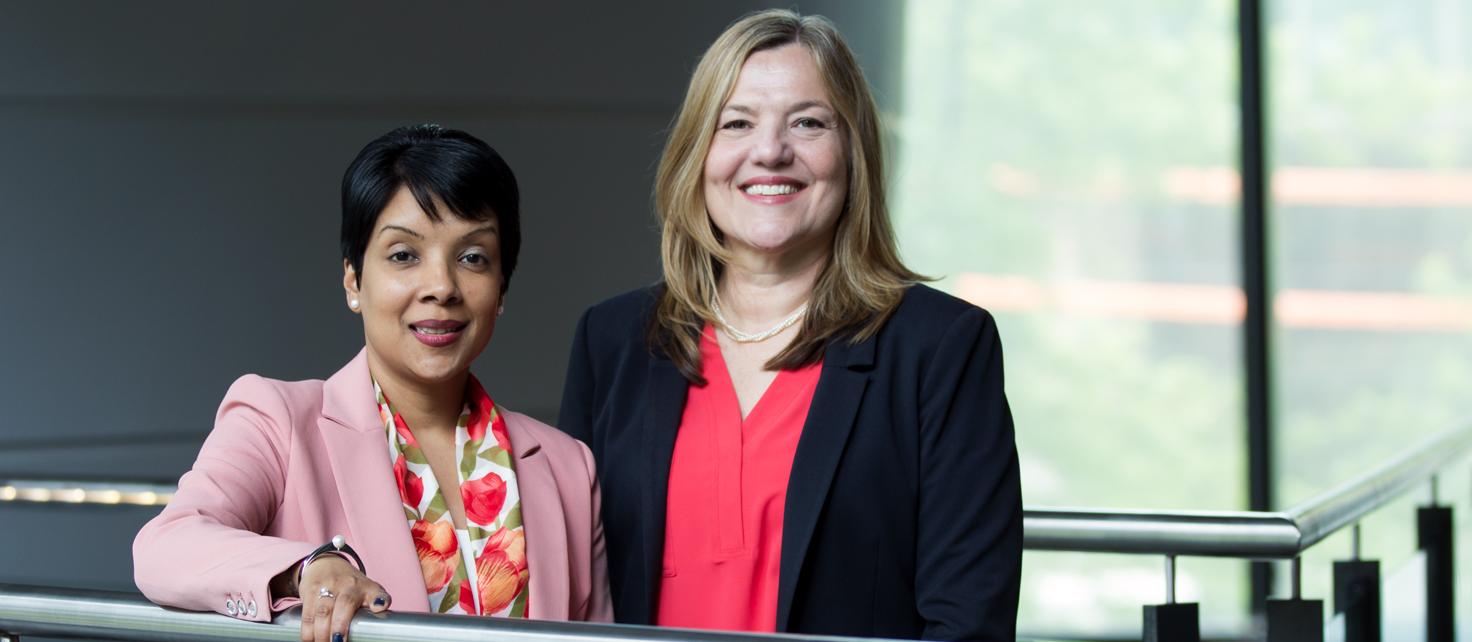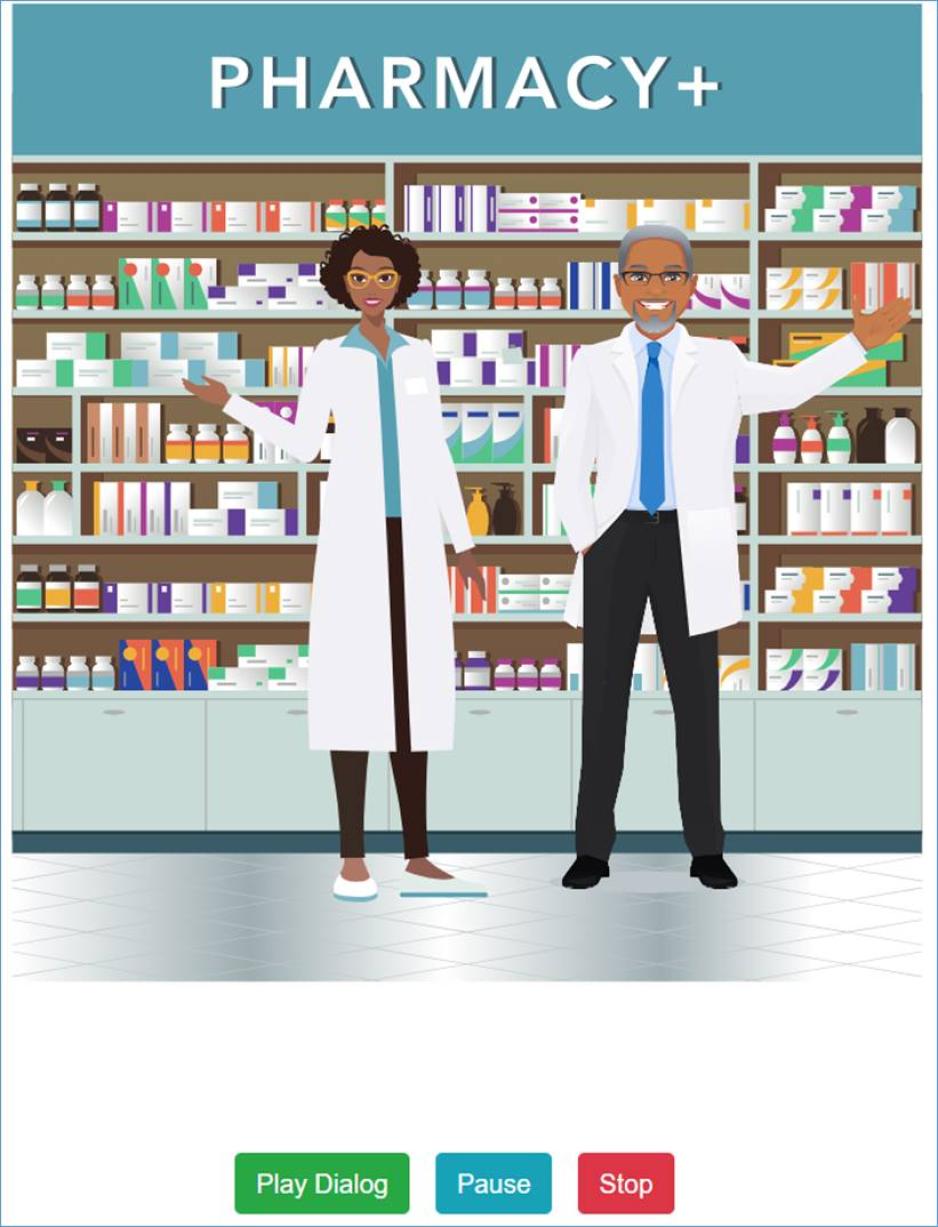Image courtesy of the Intra-professional Pharmacy Practice project funded by eCampus Ontario (VLS)
Innovative combination of technology and experiential learning to increase awareness of pharmacy profession among underrepresented students
A new project based at U of T’s Leslie Dan Faculty of Pharmacy aims to help increase the diversity of the pharmacy profession to better reflect the Canadian population. Using an innovative combination of technology and experiential opportunities, high school students from underrepresented communities will have access to opportunities to learn about the pharmacy profession and potentially choose it as a career path.
“How do we broaden our pool of potential applicants and get the word out to people who maybe have never had this profession on their radar?” says Sandra Bjelajac Mejia, Assistant Professor – Teaching Stream, and primary investigator of the project along with Lachmi Singh, Director of Education Programs and Administrative Services. “This project will create opportunities for students to see and learn about the roles of pharmacists and pharmacy technicians in action, bringing in elements of play, and perhaps this will ultimately lead to students choosing pharmacy programs.”
Mejia and Singh recently received a two-year, nearly $100,000 grant from the U of T Access Programs University Fund. In the first year of the project, they will focus on developing interactive, immersive web-based simulations that will highlight different scenarios in the scope of pharmacy practice. In the second year, they will develop experiential opportunities for secondary students to shadow pharmacists from diverse communities who work in different areas of the profession.
From left: Lachmi Singh, Director of Education Programs and Administrative Services, and Sandra Bjelajac Mejia, Assistant Professor - Teaching Stream
"It’s about working with and giving back to different communities and creating more access to opportunities.”
“The focus of this work is really about creating opportunities. How do we help the profession be as diverse as the population that they serve?” says Singh, who is also co-chair of the Faculty’s Equity, Diversity and Inclusion (EDI) Working Group. “This is one way to think about what we can do from a very early career stage. It’s about working with and giving back to different communities and creating more access to opportunities."
For example, according to Leslie Dan Faculty of Pharmacy admissions data, approximately five per cent of students in the first year of the PharmD program self-identify as Black or Indigenous. Yet, Black communities make up nine per cent of Toronto’s population.
“We serve a diverse population, but we’re not necessarily a diverse population of professionals,” says Mejia. “But if people from underrepresented communities see themselves in that role and choose this career path, as a profession we will be better able to meet the needs of the public.”
Image courtesy of the Intra-professional Pharmacy Practice project funded by eCampus Ontario (VLS)
New project builds on previously funded research to develop simulations
This new project builds on previous research that Singh and Mejia have done to develop immersive simulations, including a project to help students manage anxiety during high-stakes exams and evaluations and a simulation to help pharmacists and pharmacy technicians learn about their different roles and how they interact.
To reach underrepresented communities, they plan to reach out to and leverage existing relationships with alumni, preceptors, and student groups, as well as seek partnerships with other health care faculties and existing outreach programs, including the Summer Mentorship Program. Led by the Temerty Faculty of Medicine with participation from the Leslie Dan Faculty of Pharmacy, the Summer Mentorship Program provides Black and Indigenous high school students with the opportunity to explore health sciences programs at the University of Toronto.
Ensuring access is also a key part of the project. The simulations will be freely available for students to use, with no specialized software required, and transportation costs to and from placements will be covered so that students do not face any financial barriers in accessing experiential opportunities. By working through the simulations and shadowing pharmacists, students will get a better sense of what pharmacists do in and for their community.
This is especially important as the pharmacy profession has changed in recent years with an expanded scope of practice and more responsibilities in patient care, including chronic disease management and immunizations. The COVID-19 pandemic has also increased awareness about the profession, as many patients sought medical advice from pharmacists when doctors were inaccessible. Singh and Mejia want to build on this momentum in pharmacy to help the Faculty intentionally recruit diverse populations into the profession.
“One way to build trust in health care is to support health professionals from underrepresented communities that can be a trusted source of care,” says Mejia. “Our goal is that this project will create interest in the pharmacy profession and bring in people who had perhaps not considered the profession as an option before.”
More News
Image
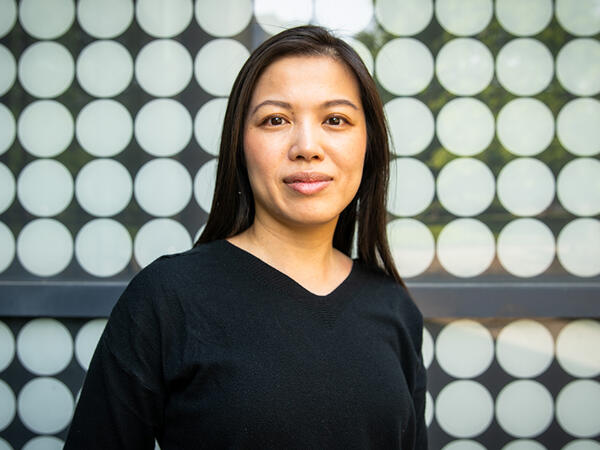
Welcoming Ivy Lam as Academic Lead in Climate, Health & Sustainable Care
Assistant Professor Lam will guide the Leslie Dan Faculty of Pharmacy's efforts to embed environmental sustainability across the Faculty.
Read More
Image
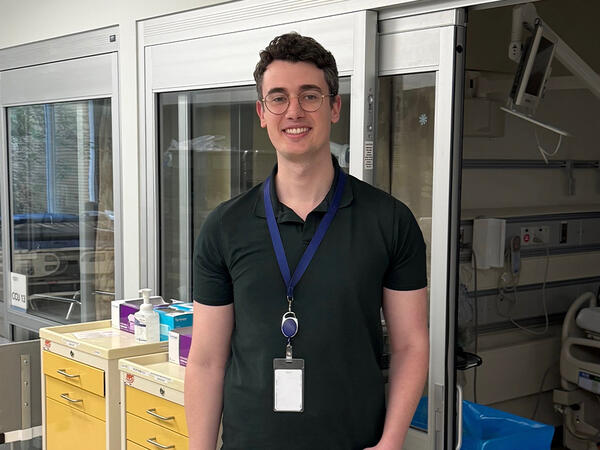
Pharmacy alum’s research shows how full-scope practice improves cancer care
Honoured with a national award, Adrian de Boer says his residency experience was a powerful reminder that he's making a meaningful change to the pharmacy profession.
Read More
Image
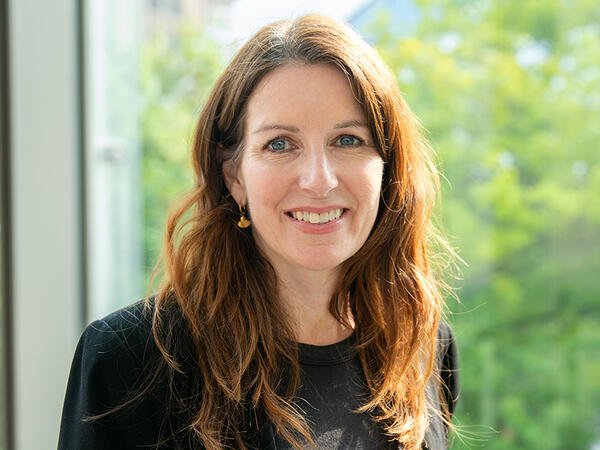
Pharmacy alum passionate about helping community pharmacists practice to full scope
As a pharmacy leader at Rexall, Heidi Wittke uses frontline experience to lead initiatives that improve patient care
Read More

